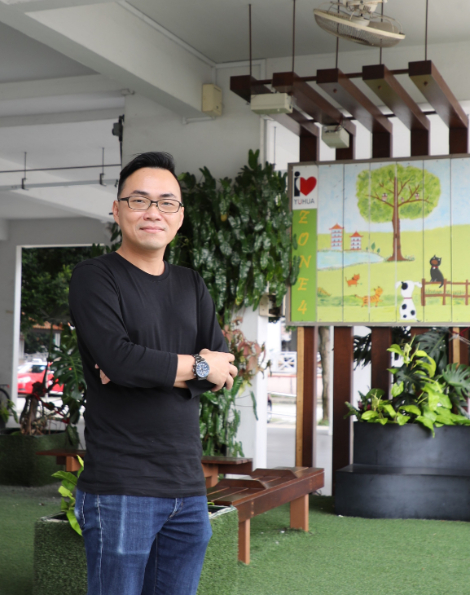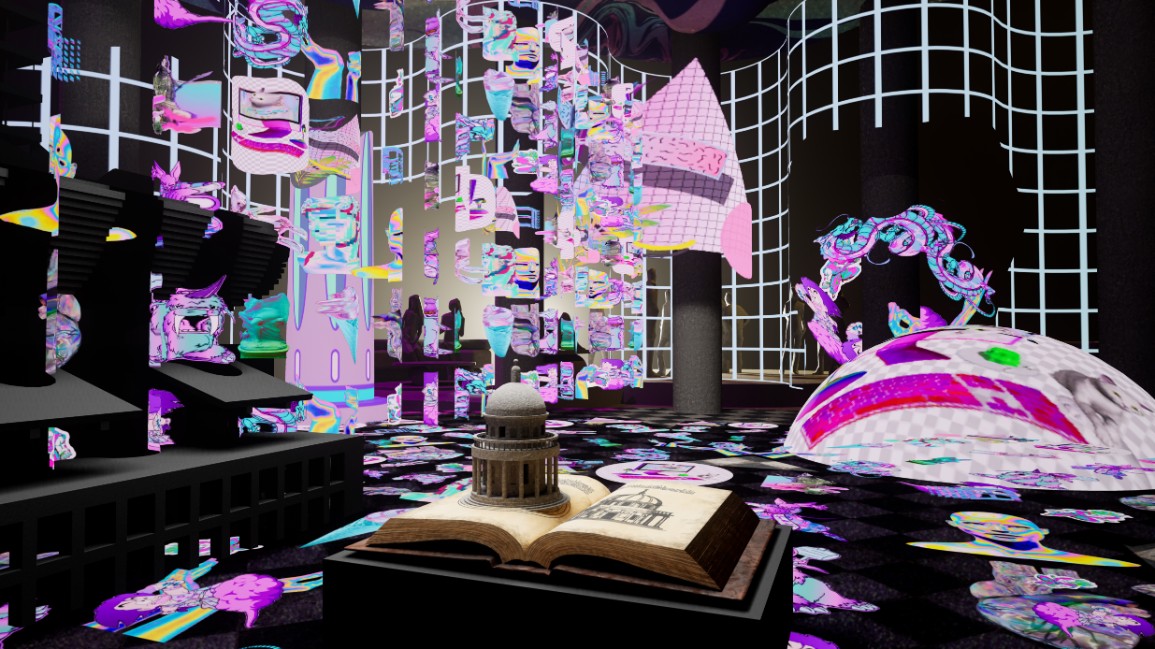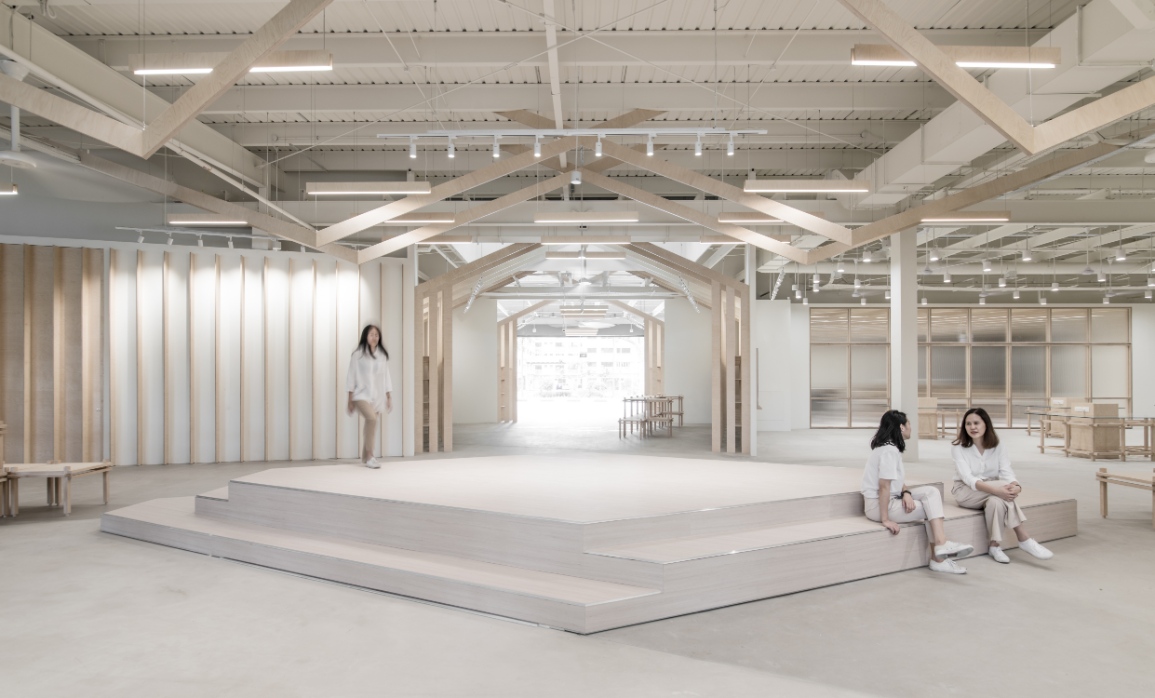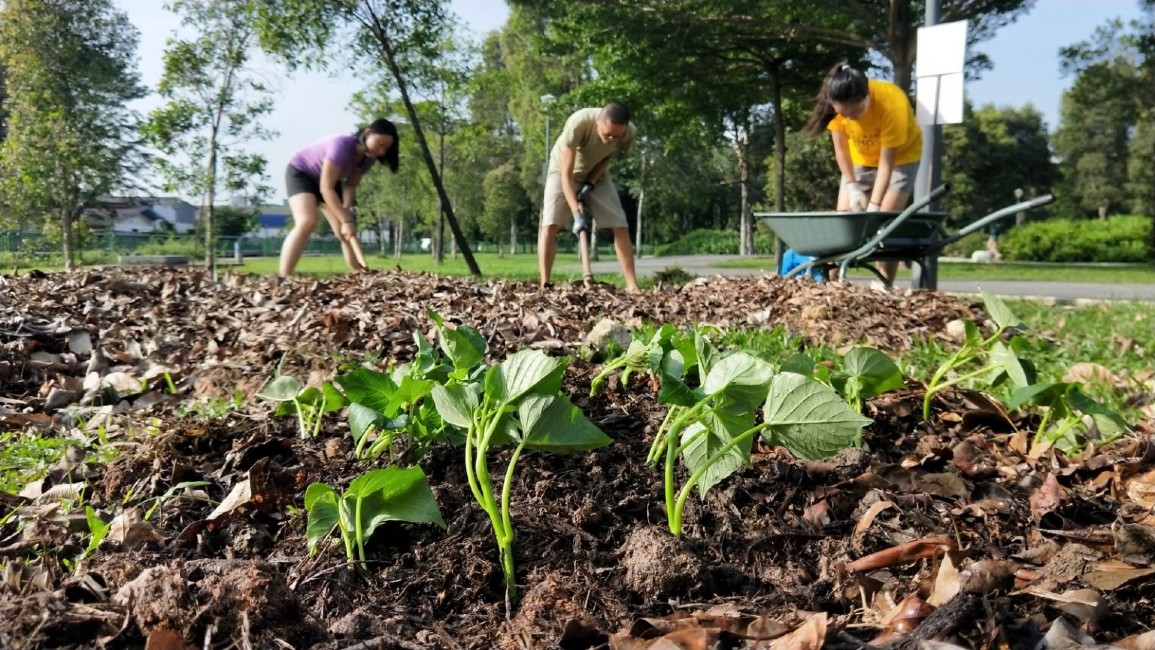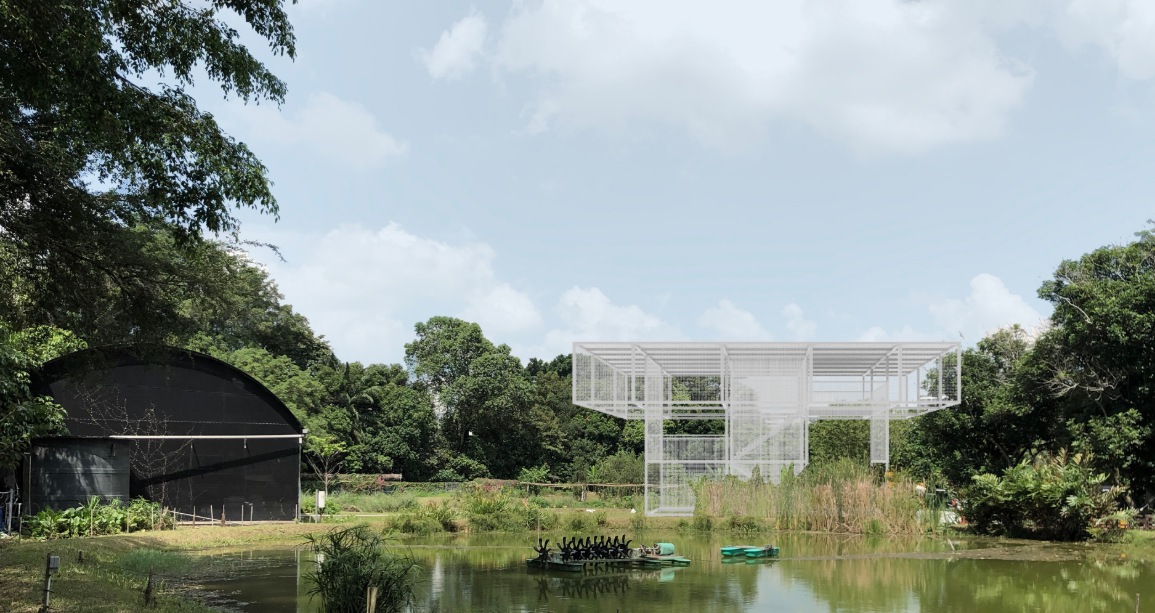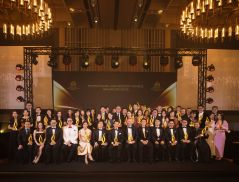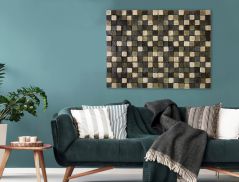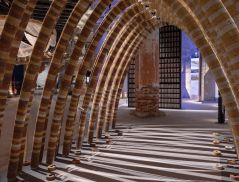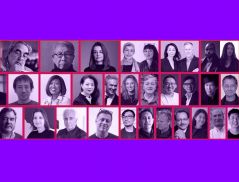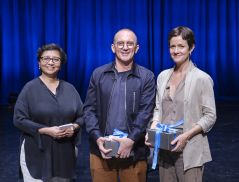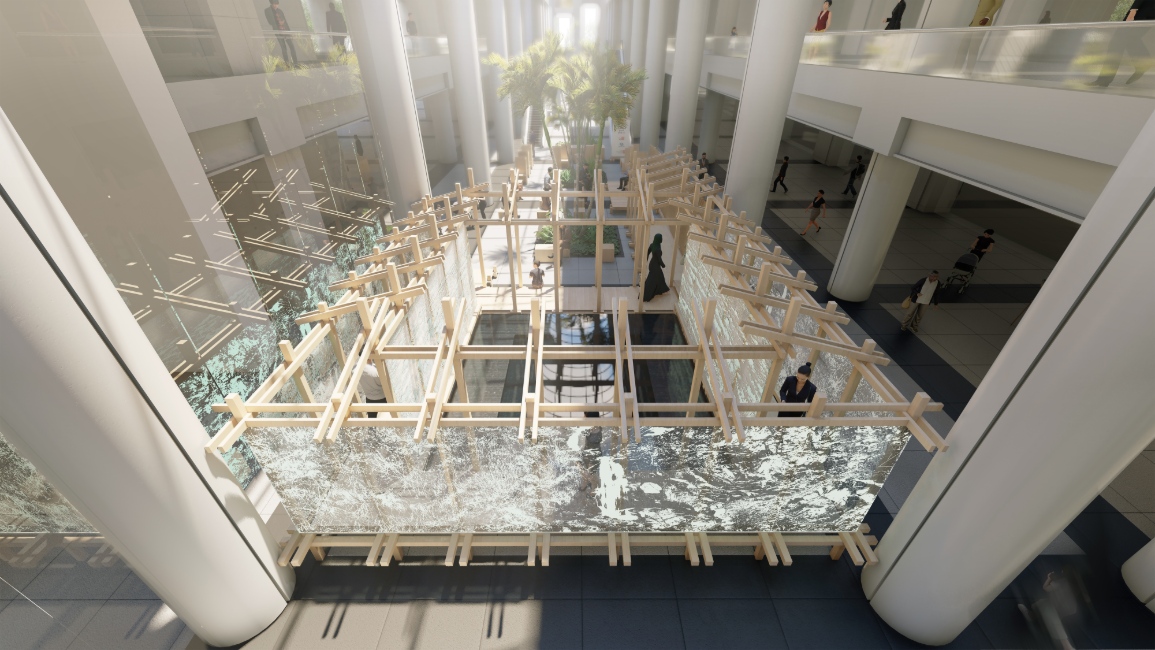
“Architecture Saving OUR World.” This is the theme for Singapore Archifest 2020, taking place this year over six weekends from 25 September to 31 October 2020.
That the pronoun is entirely in uppercase is not a subediting mistake. It is in fact organisers Singapore Institute of Architects’ (SIA) way to emphasise that the planet we live on belongs to us, and we have the important duty of being good caretakers.
One way to do it is through architecture, posits this year’s Festival Director Dr. Chong Keng Hua.
In using new ideas and responsible designs, we can potentially address today’s most pressing issues, such as climate change, food shortage, public health and maybe even social injustice, all against a backdrop of COVID-19.
It sounds ambitious – even idealistic – but delve deeper into the more than 100 programmes planned for online and offline platforms and you might just be convinced.
Shares Dr. Chong, “This is a year of many firsts for the festival. Not only are we taking on a hybrid format, but also introducing a decentralised Singapore Archifest with smaller pop-up programmes to feature ground-up initiatives and projects across the island.
“Architecture impacts us all, and we want the festival to be an opportunity for everyone − whether architects, designers or those looking for something exciting to do over the weekend − to be able to join in the fun and participate in a collective effort to save our world through architecture.”
Embodying this hybrid format of the festival is the stalwart Archifest Pavilion, designed this year by ADDP Architects in collaboration with OWIU Design, SIA and LES Glass.
Titled “Reclaiming Connectivity”, it is virtual and inspired by the golden rule “open plan” concept of Le Corbusier, while balancing the social distancing requirements brought about by COVID-19.
Take an interactive 3D virtual tour accessible through Singapore Archifest’s website to experience how the space enables an illuminated atmosphere of calm, with one-directional circulation to ensure safety protocols of social distancing and sanitising.
“Our design is trying to save public spaces from essentially, being extinct. In doing that, we’re trying to save public spaces which is an integral part of architecture in this world as we know it and hopefully “save the world”, one design problem at a time,” says Joel Wong and Amanda Gunawan of OWIU Design.
The pavilion will be designed using a part-to-whole method that ensures complete offsite modular prefabrication, transportability and complete on-site construction within 48 hours.
Made with 99 percent sustainable FSC-certified timber, it can be transported in one standard container to limit the amount of time and workers required for on-site assembly.
The SIA-LES Archifest Pavilion is just the tip of the iceberg. Here, Dr. Chong shares more on what to expect and how to navigate the event he has put together.
How architecture can save our world: I think it is not just about one big idea that saves the world, but through many small positive impacts each one brings that accumulate gradually over time, that become something really big, like a movement. Perhaps we can start by acting and responding locally, the way we use local materials that are more sustainable, work with local communities to build ownership and resilience, understand local wisdom, learn local construction techniques in response to local contexts, build local economies, use local food production... This pandemic has made us realise the importance of building local assets, sustainable businesses and a strong community.
However, it does not mean that we become xenophobic, and cut off from the rest of the world. On the contrary, while acting local, the impact will only be greater and the world has a better chance of being saved if we are thinking global at the same time. Architecture cannot remain where it was but has to expand its scope, cross boundaries and work collaboratively with technologists, engineers, social scientists, environmentalists, farmers, healthcare workers, community facilitators and educators and push architecture to the frontline. Only when the collaboration is at an international level then can ideas be crossbred and scaled from one project, one location, to the region and across the world.
Architectural practice has to move into research, while research has to be applied in practice. Urban intervention can be translated into rural development, while traditional wisdom can bring new light to solve city problems. Acting local, thinking global – this will be some of the discourse for the three-day SIA Conference, where 13 global speakers will share with us about the challenges they faced and how these are overcome.


In addition to the conference, architects should not miss these programmes:
Opening Forum
To mark the opening of Singapore Archifest 2020, the festival will kick off with the Opening Forum “How Can We Place Architecture at the Frontline?” on 25 September, 7pm with Guest-of-Honour Mr. Desmond Lee, Minister for National Development delivering an opening address. This Opening Forum will discuss the role of architecture in today’s world, featuring leaders across different sectors in the built industry on how they are tackling the ongoing COVID-19 pandemic through architectural responses and resources readiness. Panellists include the newly-elected SIA President Richard Lai, URA Chief Planner Hwang Yu-Ning, Architect Chin Hang-Ping from ADDP, Engineer Dr. Hossein Razai from Web Structures, and SG-Glass Marketing Director Ng Yong Sheng.
Virtual Pavilion
As part of the festival’s hybrid edition, the highly-anticipated SIA-LES Archifest Pavilion, designed by ADDP Architects in collaboration with OWIU Design, will also be presented in virtual format for the first time. Titled “Reclaiming Connectivity”, the virtual pavilion emphasises public space as an innate human need for connectivity, and therefore challenges the current reaction of social distancing. The virtual walk-through is able to showcase the unique illumination quality of photography print on LES glass, seeking to bring people together by achieving a level of transparency while maintaining safe separation. The subtle yet impactful design responds well to the Singapore Archifest’s theme, demonstrating a fine example of a humble architecture and the quality of its spatial experience.
Island-wide Decentralised Architectural Pop-Ups
Not only are we taking on a hybrid format, but also introducing a decentralised Singapore Archifest with smaller pop-up programmes to feature ground-up initiatives and architectural prototypes across the island. Supported by various venue partners, architects who are interested in urban farms and food production can visit Edible Garden City Queenstown Farm, City Sprout at Henderson, Foodscape Collectives at Jurong Central Park, Gardenasia at Kranji or head down for a Kampung Journey at Kampung Kampus by Ground-Up Initiative. Some of these farms will showcase architectural prototypes like AirBamboo by SUTD AIR Lab, Knitted Architectural Assemblies by SUTD Dynamic Assemblies Lab, Green Agora by Spatial Anatomy and The Shelter Company, and also a Design & Construct prototype for the Homeless by WY-TO and Singapore Polytechnic.


Virtual Pop-Ups
Besides physical pop-ups, we have also curated a series of virtual pop-ups, including a virtual conversation by Shophouse & Co on building stronger relationships with neighbours, a virtual open studio by Audacity to get inspired by new innovations for humanity-centric city, a virtual field trip to Redhill to uncover its secrets, a virtual tour to Microlibrary Warak Kayu in Indonesia by SHAU Architects, or even a virtual tour of history itself – FREESTYLE Exhibition by Space Popular from the UK – to explore pivotal moments in the evolution of architectural styles over the past 500 years from Renaissance to Post-modernism in VR Space. Hybrid Forums and Workshops
With a selection of more than 10 forums that delve into globally pressing topics, the series gathers Singapore, South-East Asia and international expert panellists from diverse architecture and design backgrounds to join in conversations on the different ways responsible design can benefit the community and ecosystem. Topics that will be discussed include food security and agrarian urbanism (hosted by Edible Garden Cities with Foodscape Collectives, and RMIT), climate change (hosted by SP and SUTD), global heritage (hosted by RIBA) and harnessing the community spirit of gotong royong (hosted by SIA, PAM and IAI). If you like cooking, you can also join the Florim Cooking Class to experience the preparation of an Italian meal on a kitchen top made of large porcelain stoneware slabs, while tuning in to the forums virtually.
How to navigate the festival: We have curated the entire festival into four main programmes – the anchor SIA Virtual Conference, a virtual pavilion, hybrid forums and workshops, physical and virtual pop-ups. We recommend the following plan.
ON WEEKDAYS | Explore all the virtual pop-ups and over 40 exhibits at the Virtual Exhibition hosted on the Singapore Archifest website. The exhibits gather a diverse range of professional groups, ranging from architecture practices, design studios, social enterprises and research think-tanks to urban farms, to celebrate diverse bodies of works that strive to make a difference in our lives and the world around us. As the issues we now face are multi-faceted, it certainly takes more than one hand to clap. Therefore, by bringing together these diverse yet closely-related professions, this exhibition is a call to expand the dialogue beyond the conventional boundary of architecture.
The exhibits are curated in three main themes:
1. Our Shelters focuses on novel approaches towards architectural typologies, use of materials, as well as fabrication techniques, in responding to emerging societal, environmental and public health needs.
2. Our Stories highlights process-driven architectural design and planning that uncovers latent human needs, engages stakeholders and empowers communities.
3. Our Sanctuary zooms in on how we may rethink the urban landscape, and how this may contribute to the ecology and local food production, and build food resilience before the next crisis.
ON FRIDAY EVENINGS AFTER WORK AND SATURDAY AFTERNOONS | Attend the Virtual Forums either while having a meal in the comfort of your home, or with a few friends (less than five, please) over coffee or beer. There are more than 10 forums covering diverse topics attended by local and international speakers and panellists. We have planned such that there are no overlaps of timing as they are spread out across the six weekends.
ON WEEKENDS | Plan for family day out. Try farm-hopping through the farm tours and see all the architectural prototypes. There will also be a special edition of PARK(ing) Day on 3 October in response to the current extreme level of health consciousness, located at two different sites: Jalan Besar by SUTD students and alumni, and in Jurong by Bold At Work. If you are a movie buff or prefer the indoors, The Projector has also curated seven films in relation to the theme this year.
What you will gain after Singapore Archifest 2020: I really hope that participants of this year’s festival will be able to learn and reflect upon all these valuable knowledge and insights, and, more importantly, be equipped and motivated to be the future leaders of the profession to effect real positive change.


 Share
Share
